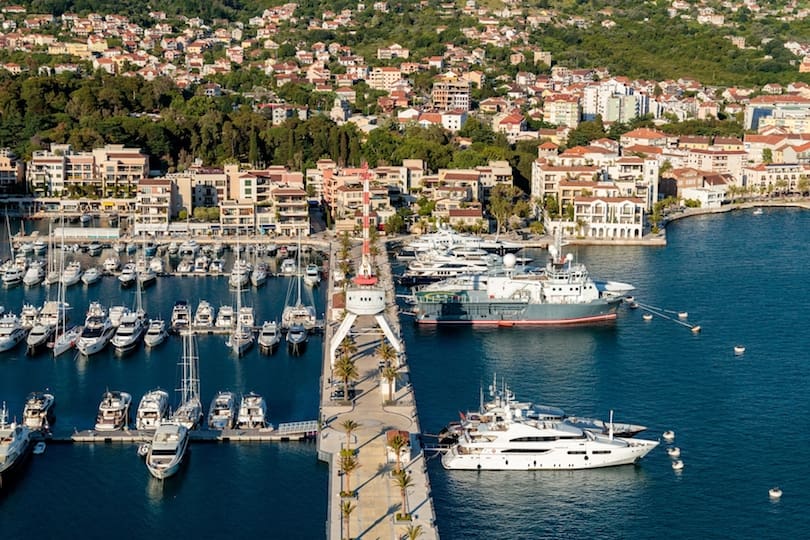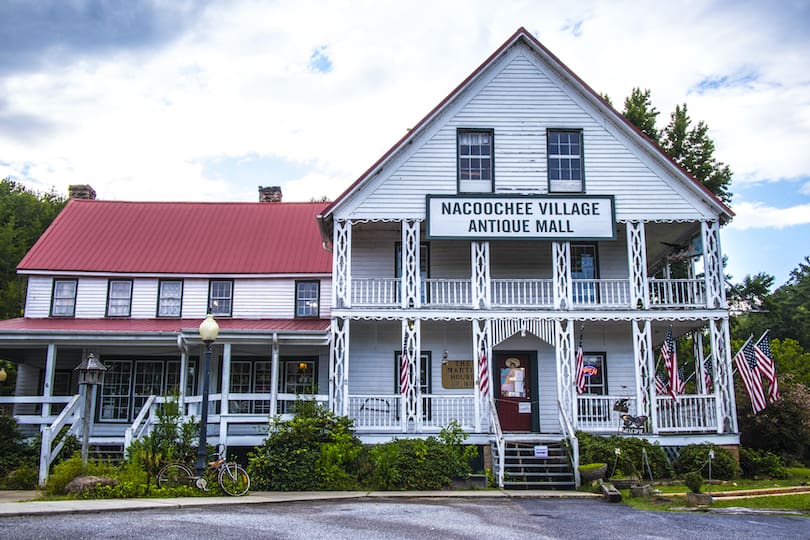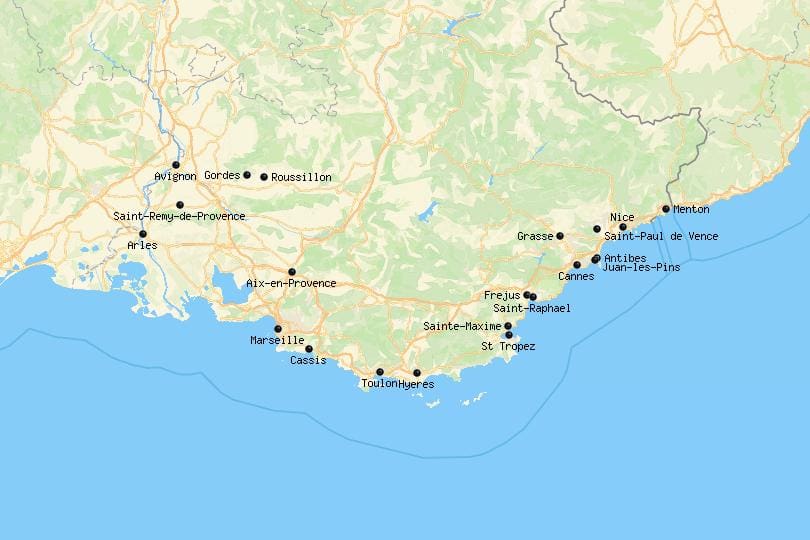Germany, known for its rich history, stunning landscapes, and vibrant cities, has been a top tourist destination for years. While iconic places like Berlin, Munich, and the Black Forest attract millions of visitors annually, there are several lesser-known gems that often go overlooked. In this article, we’ll explore the ten most underrated destinations in Germany that are worth adding to your travel bucket list. From charming towns to natural wonders, these hidden gems offer a unique and unforgettable experience.
1. Introduction
Germany’s popularity as a travel destination can sometimes overshadow its hidden treasures. These lesser-known locations offer an opportunity to escape the crowds and discover a more authentic side of the country. Let’s delve into the ten most underrated destinations that showcase Germany’s diverse culture, history, and natural wonders.
2. Goslar: A Medieval Marvel
Nestled in the Harz Mountains, Goslar is a picturesque town that takes visitors back in time to the Middle Ages. The well-preserved timber-framed houses, cobblestone streets, and the stunning Imperial Palace make Goslar a UNESCO World Heritage Site. Its quaint charm and historical significance make it a must-visit destination for history enthusiasts.
3. Rugen Island: A Coastal Paradise
The largest island in Germany, Rugen Island, boasts breathtaking coastal landscapes, sandy beaches, and serene seaside resorts. The Jasmund National Park, famous for its white chalk cliffs, provides a spectacular hiking experience. Rugen Island’s diverse natural beauty offers a peaceful retreat for travelers seeking tranquility.
4. Bamberg: A Symphony of Architecture
With its well-preserved medieval and baroque architecture, Bamberg is a living museum. The city’s medieval center, a UNESCO World Heritage Site, is a maze of narrow streets, historic churches, and half-timbered buildings. Bamberg’s unique charm, coupled with its renowned beer culture, makes it a delightful destination for history and beer aficionados alike.
5. Heidelberg: A Romantic Haven
Heidelberg, often associated with its prestigious university, is a romantic city that captures hearts. The iconic Heidelberg Castle perched on the hills provides stunning views of the city and the Neckar River. Strolling along the charming Philosopher’s Walk and exploring the old town’s cobblestone streets creates an unforgettable experience for couples and history lovers.
6. Saxon Switzerland National Park: Nature’s Masterpiece
For nature enthusiasts, the Saxon Switzerland National Park is a hidden gem in Germany. Located at the border with the Czech Republic, this park offers a surreal landscape of sandstone cliffs, lush forests, and winding rivers. Outdoor activities like hiking, rock climbing, and boat trips in the Elbe River allow visitors to immerse themselves in the wonders of nature.
7. Lübeck: The City of Marzipan
Lübeck, a medieval city with a rich maritime history, is renowned as the birthplace of marzipan. The Holstentor gate, a symbol of the city, welcomes visitors to its enchanting old town. Exploring Lübeck’s charming alleyways, historic landmarks, and indulging in marzipan delicacies is a treat for all the senses.
8. Würzburg: Wine and Resplendence
Surrounded by vineyards, Würzburg is a Franconian city known for its exceptional wine and breathtaking architecture. The Würzburg Residence, a UNESCO World Heritage Site, showcases the opulence of the Baroque era. Wine tasting in local vineyards and exploring the Marienberg Fortress offer a delightful blend of cultural and gustatory experiences.
9. Teufelsberg: The Devil’s Mountain
Teufelsberg, or Devil’s Mountain, is an artificial hill built from the rubble of World War II. Today, it stands as a unique vantage point offering panoramic views of Berlin’s skyline. The abandoned listening station atop the hill adds an eerie charm to this offbeat destination, attracting urban explorers and history buffs.
10. Rügen Chalk Cliffs: White Cliffs of Beauty
The Rügen Chalk Cliffs, located within Jasmund National Park on Rugen Island, are a mesmerizing natural wonder. The stark white cliffs contrast with the blue Baltic Sea, creating a stunning landscape that leaves visitors in awe. Hiking trails along the cliffs and boat tours to witness the spectacle from the water are unforgettable experiences.
11. Trier: Ancient Roman Heritage
Trier, Germany’s oldest city, boasts an incredible Roman heritage that has stood the test of time. The Porta Nigra, an ancient Roman gate, and the well-preserved Roman Amphitheater are among the city’s highlights. Strolling through Trier’s historical sites and museums provides a captivating journey back to the Roman era.
Conclusion
Germany’s lesser-known destinations offer a treasure trove of experiences for intrepid travelers. From the medieval marvels of Goslar and Bamberg to the coastal paradise of Rugen Island and the natural wonders of Saxon Switzerland National Park, each place has its unique charm and allure. Exploring these underrated destinations allows travelers to uncover the hidden gems that contribute to Germany’s rich tapestry of culture and history.
FAQs
1. Is Germany a safe country for travelers? Germany is generally considered safe for travelers. However, like any country, it’s essential to exercise caution and be aware of your surroundings.
2. What is the best time to visit Germany? The best time to visit Germany depends on your preferences. Spring and autumn offer pleasant weather and fewer crowds, while summer is ideal for outdoor activities. Winter is perfect for experiencing Germany’s enchanting Christmas markets.
3. Can I visit the Rügen Chalk Cliffs in winter? Yes, you can visit the Rügen Chalk Cliffs in winter. The cliffs take on a unique beauty during the colder months, but it’s essential to dress warmly as the temperatures can be chilly.
4. How can I travel between these underrated destinations? Germany has an efficient transportation network, including trains, buses, and rental cars, making it easy to travel between these destinations.
5. What currency is used in Germany? Germany uses the Euro (€) as its currency.



















